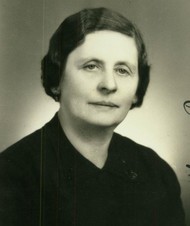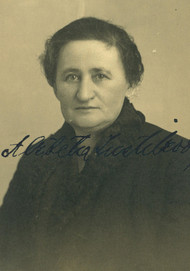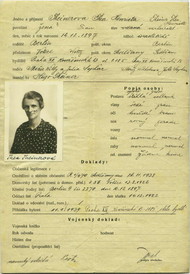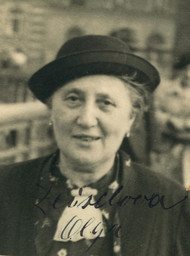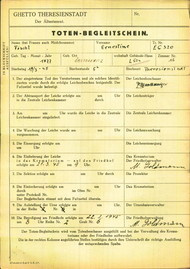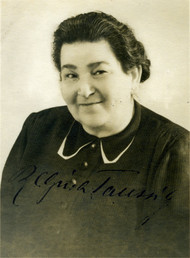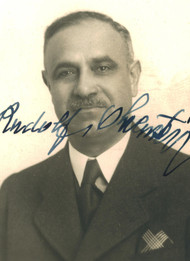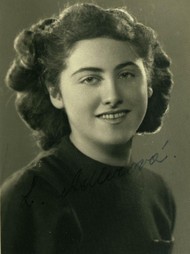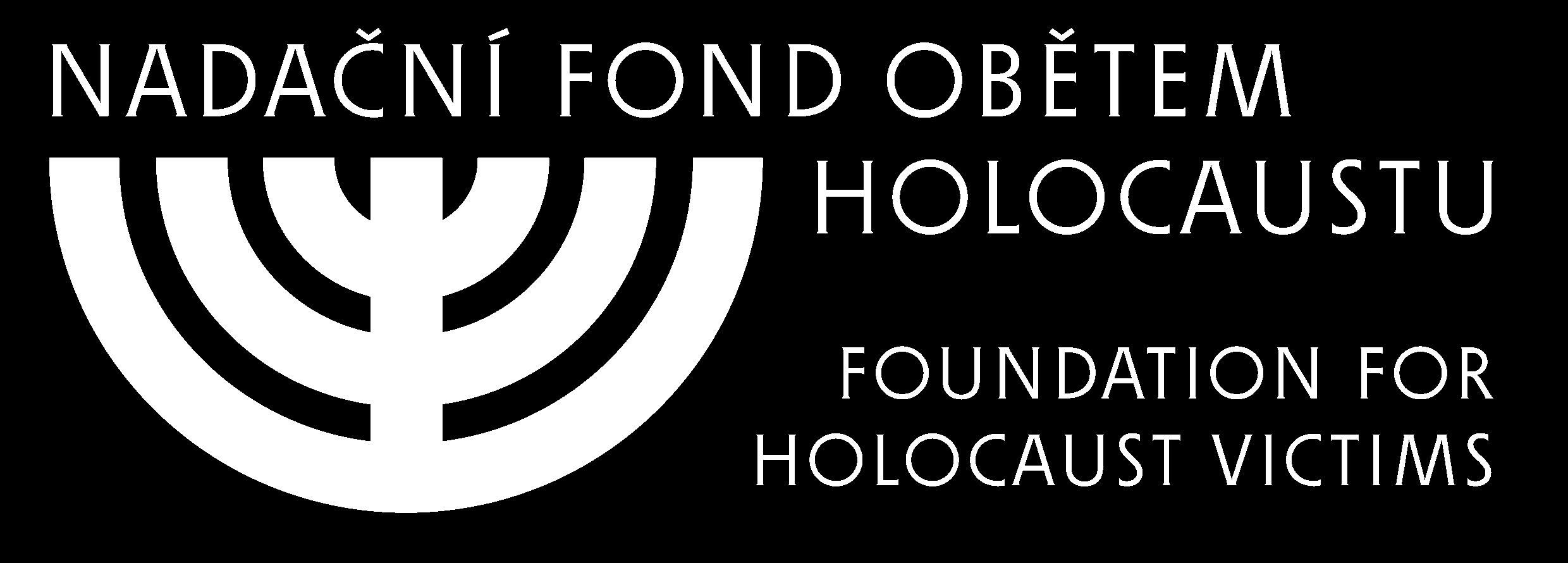On the 8th of May 1945, the war in Europe formally came to an end. It left behind it a vast amount of human and material damage. During its course, Nazi Germany and its accomplices murdered over 6 million Jews and hundreds of thousands of Roma, mentally ill, homosexual and other groups considered inferior by the Nazis. Millions of Russians, Poles and members of other nations also died in Nazi concentration camps and execution sites.
The first day of peace did not bring an end to the suffering of the former prisoners of the concentration camps, however. Many of them died of the consequences of torture and debilitation after they were released. In some cases, the prisoners could not digest the normal food that the liberators gave them. Many became the victims of epidemics - above all of typhus, which ravaged most of the liberated camps.
It is estimated that at the end of the war, there were some 8 million people in Europe who had lost their homes as the result of the war. By the end of 1945, there were still some two million displaced persons in the camps. They included approximately 200 000 Jews who had lived to see the liberation of the Nazi concentration camps. The majority of them had lost most of their family, and did not want to return to their former homes. Many tried to emigrate to Palestine, but came up against many barriers as the result of Britain's restrictive immigration policy. Often, they had to live under military supervision in the displaced persons camps for several years after the end of the war. Only gradually could they leave and set up new homes, mostly in Palestine, the US and Western Europe.

Jewish DPs demonstrate in Bad Gastein in Austria against Britain's restrictive policy on immigration into Palestine, 1945 - 1946. (Photo: Schaja & Pnina Klein, courtesy of USHMM Photo Archives.)
Not even then did their suffering end, however. They still bore the psychological consequences of the suffering and humiliation they had experienced, and they often never came to terms with the loss of their loved ones. Many of them suffered from irrational feelings of guilt that they were the ones who had survived. Post-war societies (including Israel) did not necessarily help them to come to terms with the heritage of the Holocaust, often showing a lack of interest in the fates of these victims and the history of the Holocaust.
The number of victims of the Holocaust is huge - in talking about the 6 million people who were murdered we should never forget that they were 6 million individual men, women and children, each of whom had their own face, habits, opinions and, of course, right to life.


